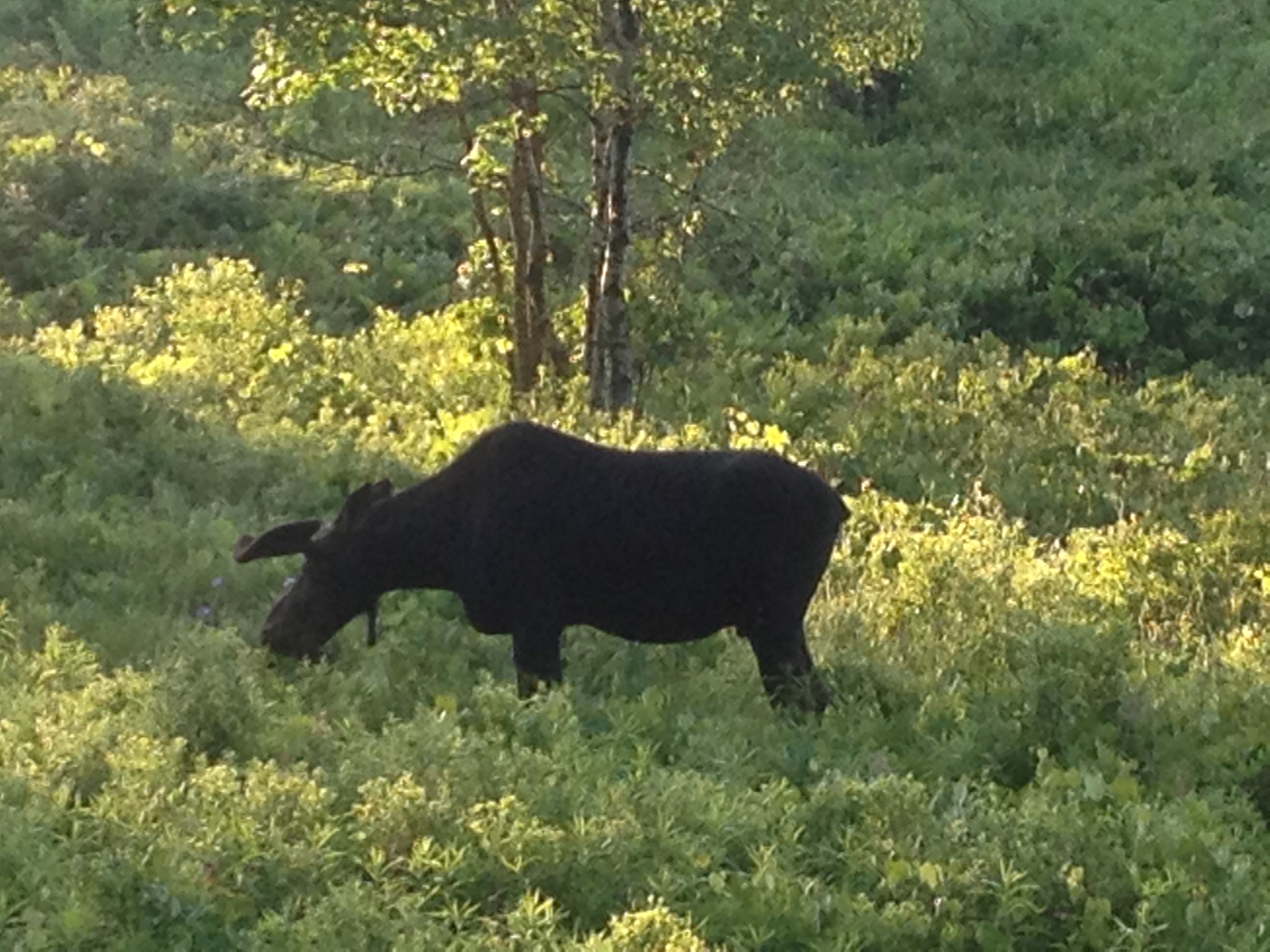 |
| Moose, Prescott Peninsula, New Salem, MA, June 11, 2016 |
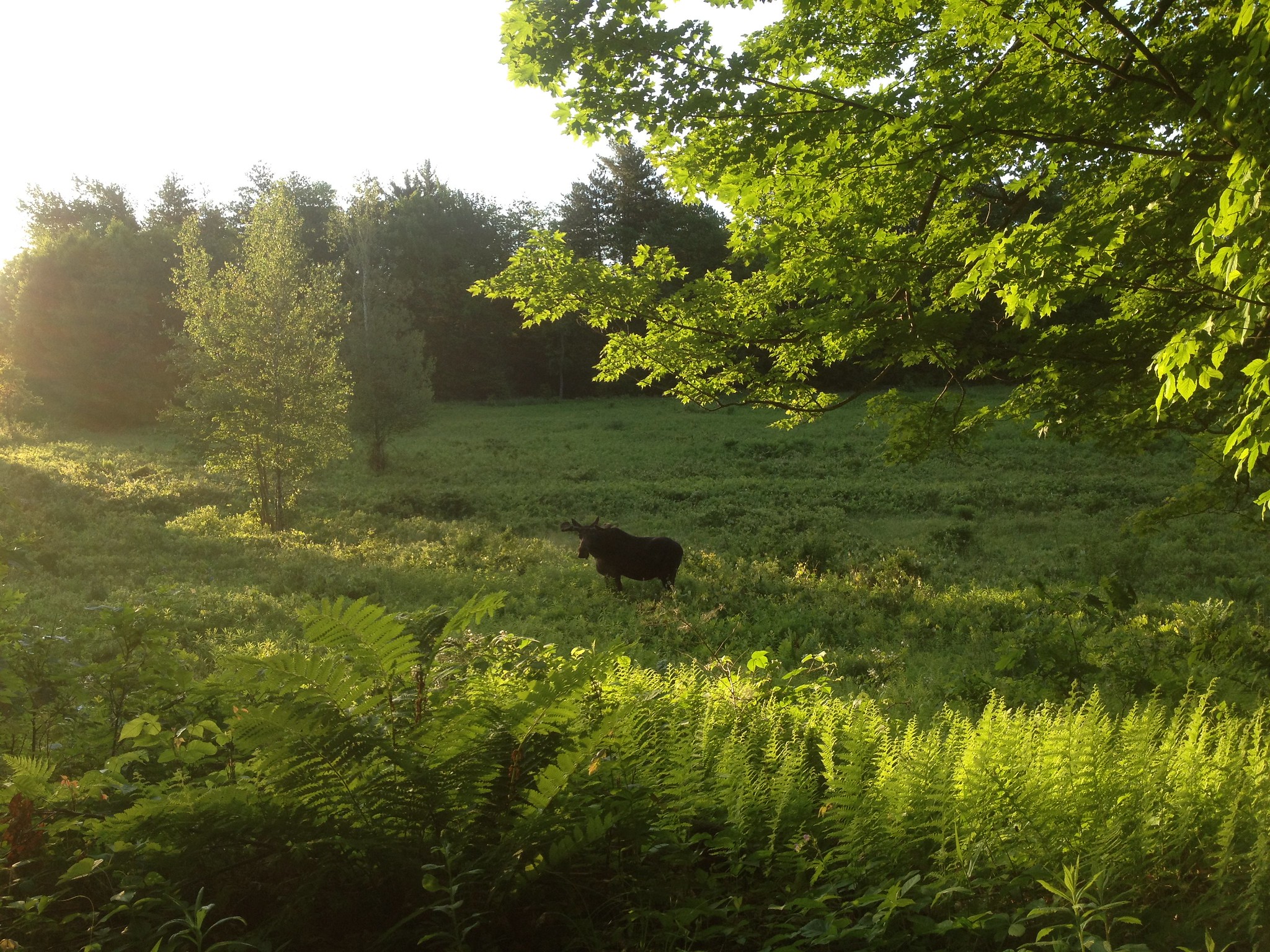 |
| Moose, Prescott Peninsula, New Salem, MA, June 11, 2016 |
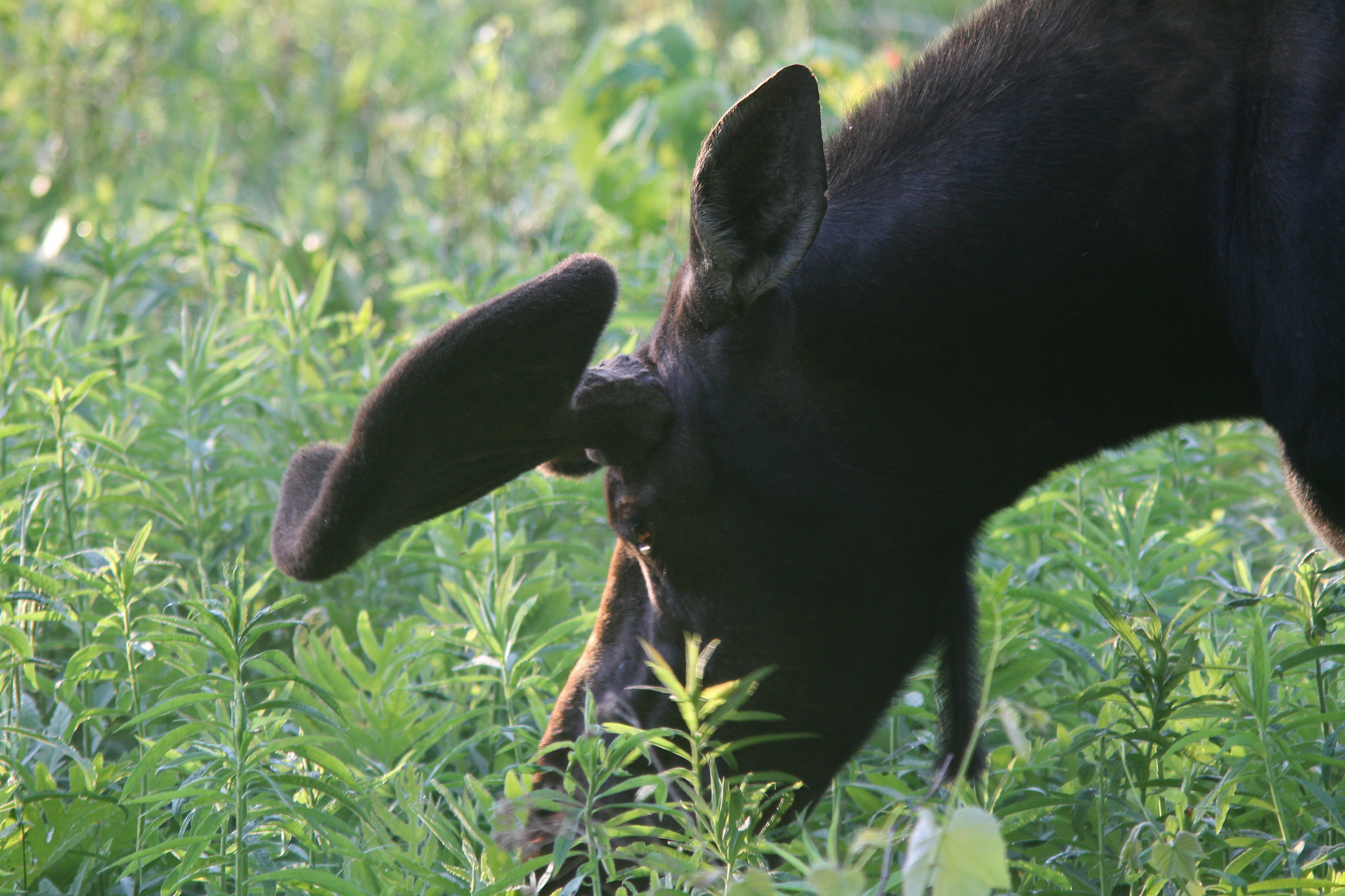 |
| Moose, Prescott Peninsula, New Salem, MA, June 11, 2016 |
 |
| Purple Finch, Prescott Peninsula, New Salem, MA, June 11, 2016 |
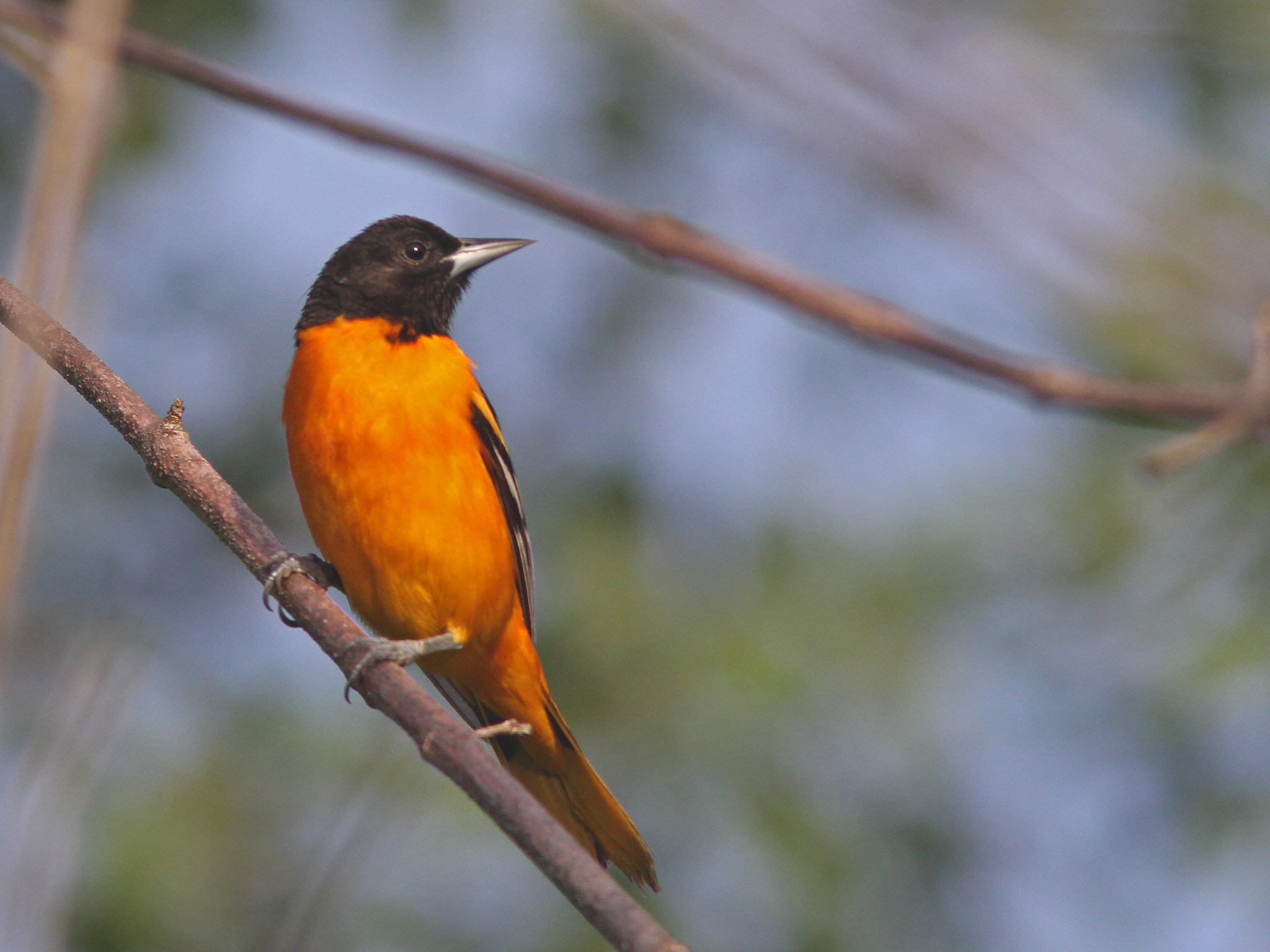 |
| Baltimore Oriole, Prescott Peninsula, New Salem, MA, June 11, 2016 |
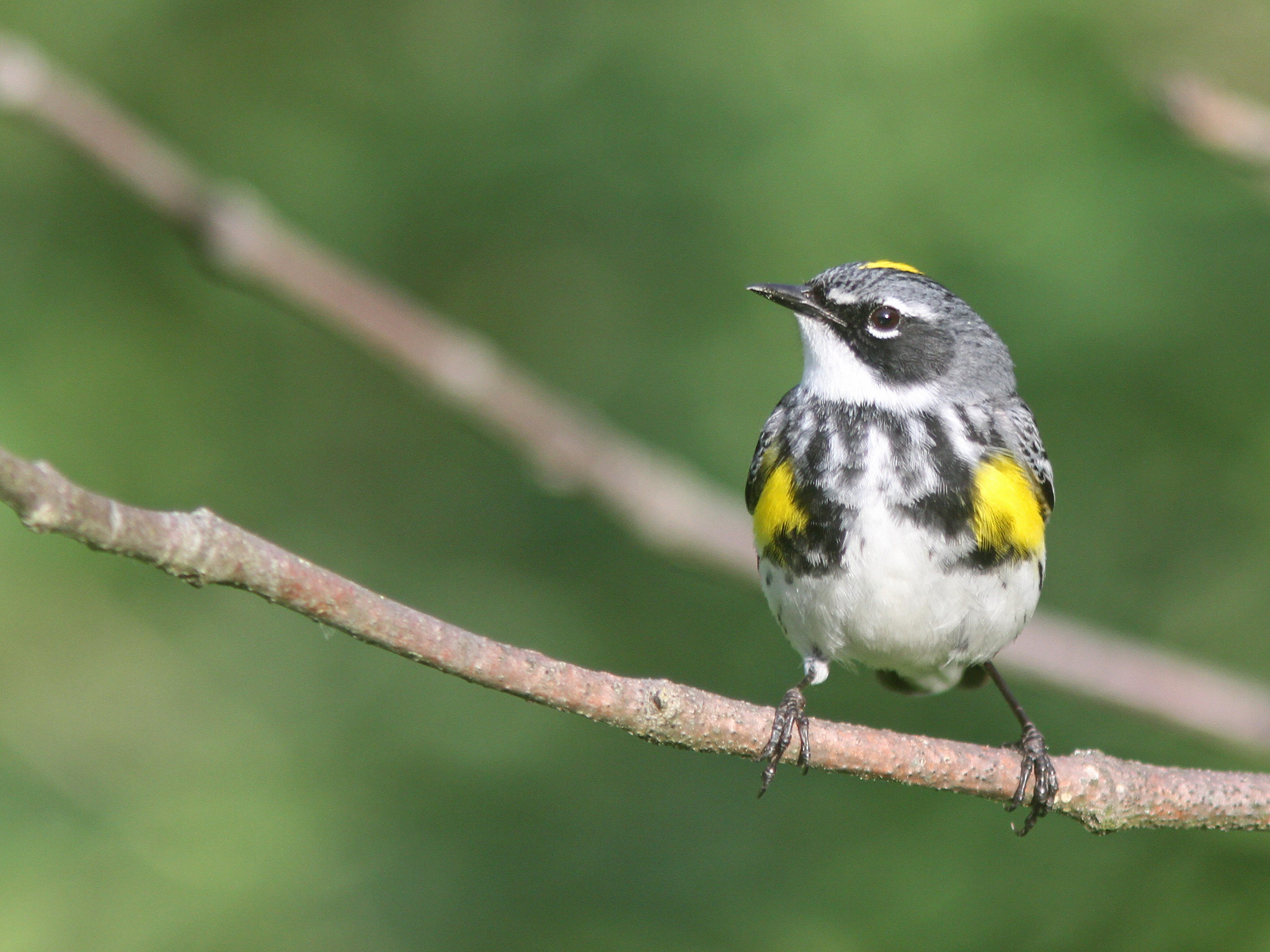 |
| Yellow rumped Warbler, Prescott Peninsula, New Salem, MA, June 11, 2016 |
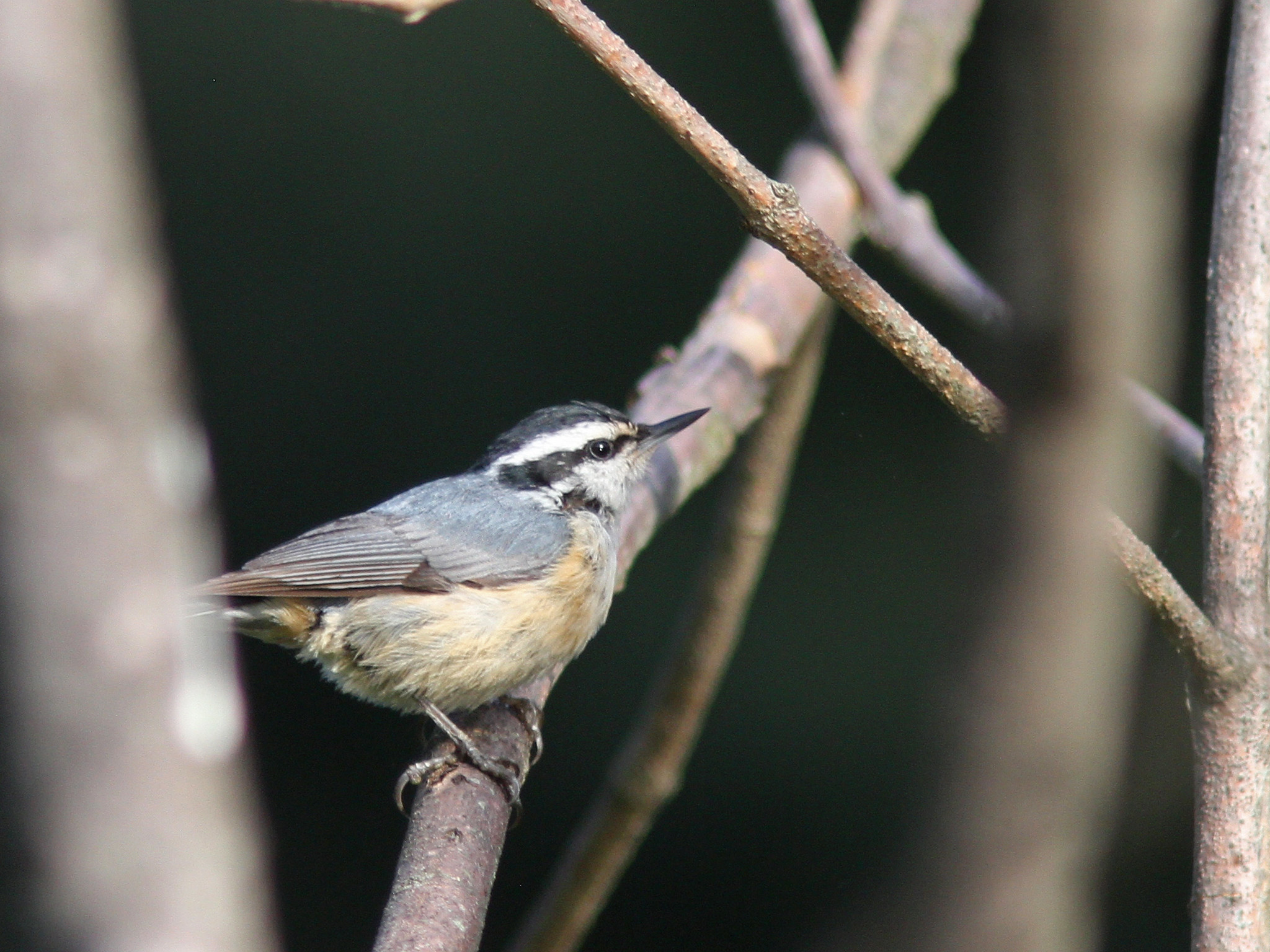 |
| Red breasted Nuthatch, Prescott Peninsula, New Salem, MA, June 11, 2016 |
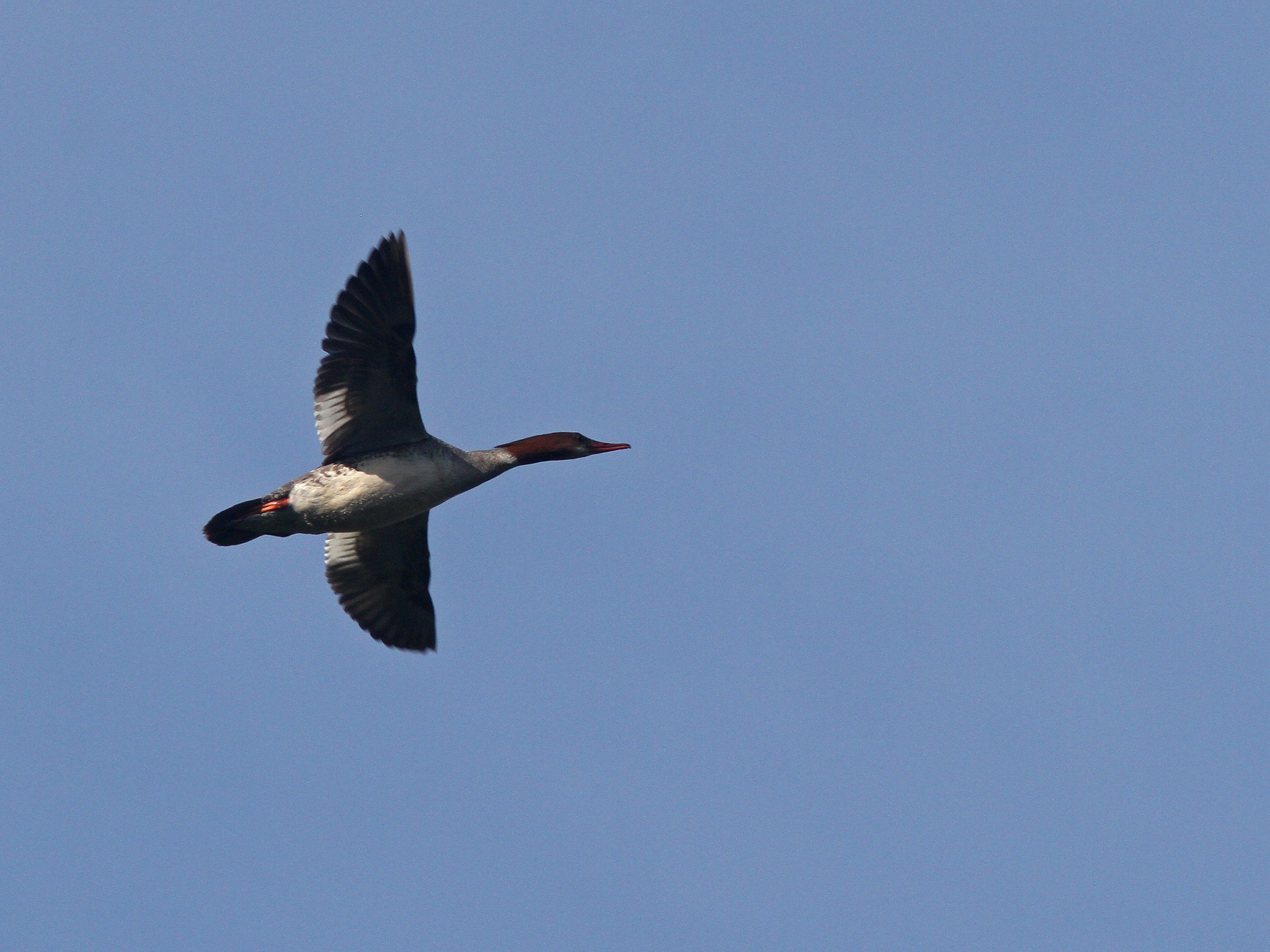 |
| Common Merganser, Prescott Peninsula, New Salem, MA, June 11, 2016 |
 |
| Ruby throated Hummingbird, Prescott Peninsula, New Salem, MA, June 11, 2016 |
Yesterday I conducted my first bird survey of fields on the Prescott Peninsula.
The surveys are part of an ongoing look at what species use the several small
field areas on the otherwise forested peninsula and what cutting schedules work
best for the birds to maintain diversity. The largest field complex once again
contained Prairie Warbler and Field Sparrow as well as the only Alder
Flycatchers on the peninsula plus it featured a very close look at a bull Moose
that seemed content to eat grass as I watched it from less than fifty feet
away. I also looked for other unusual breeders I have found here in the past (Cerulean Warbler, Red Crossbill
and/or Evening Grosbeak) between field stops but didn't turn up any of them this
time.
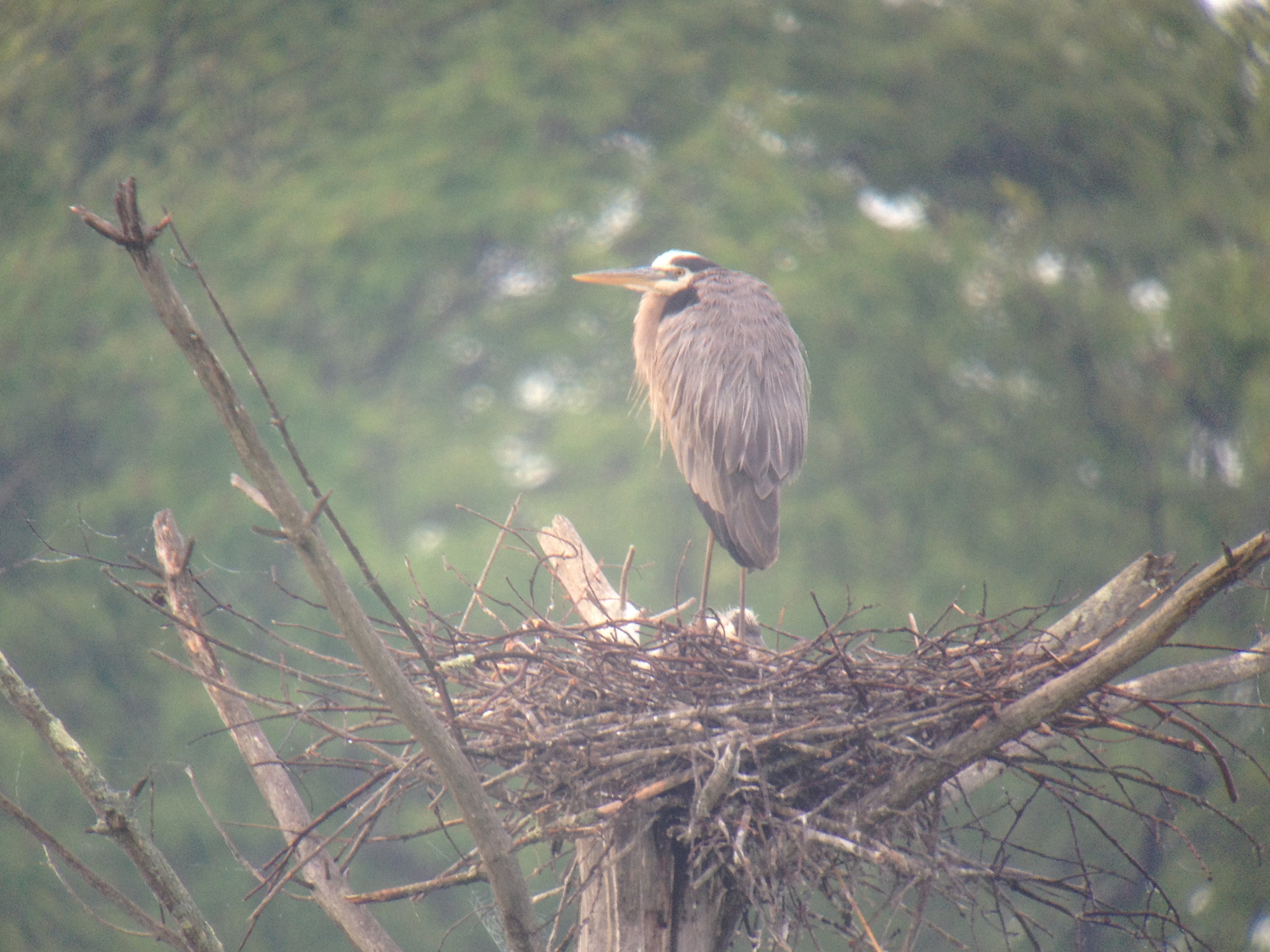 |
| Great Blue Heron at nest with young, Lake Wallace, Belchertown, MA, June 12, 2016 |
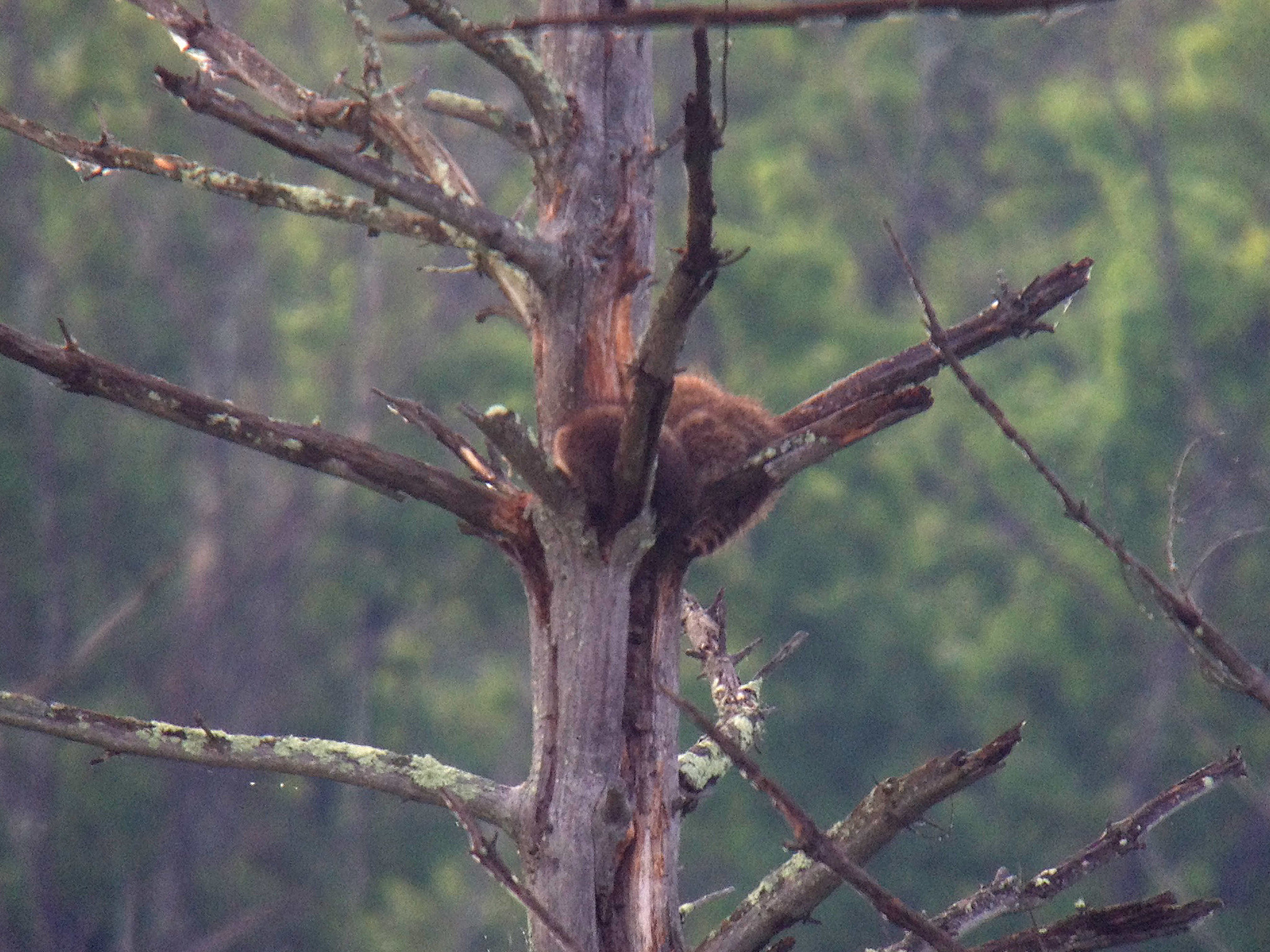 |
| Raccoon's in a tree, Lake Wallace, Belchertown, MA, June 12, 2016 |
 |
| Lesser Scaup, Winsor Dam, Quabbin Park, MA, June 12, 2016 |
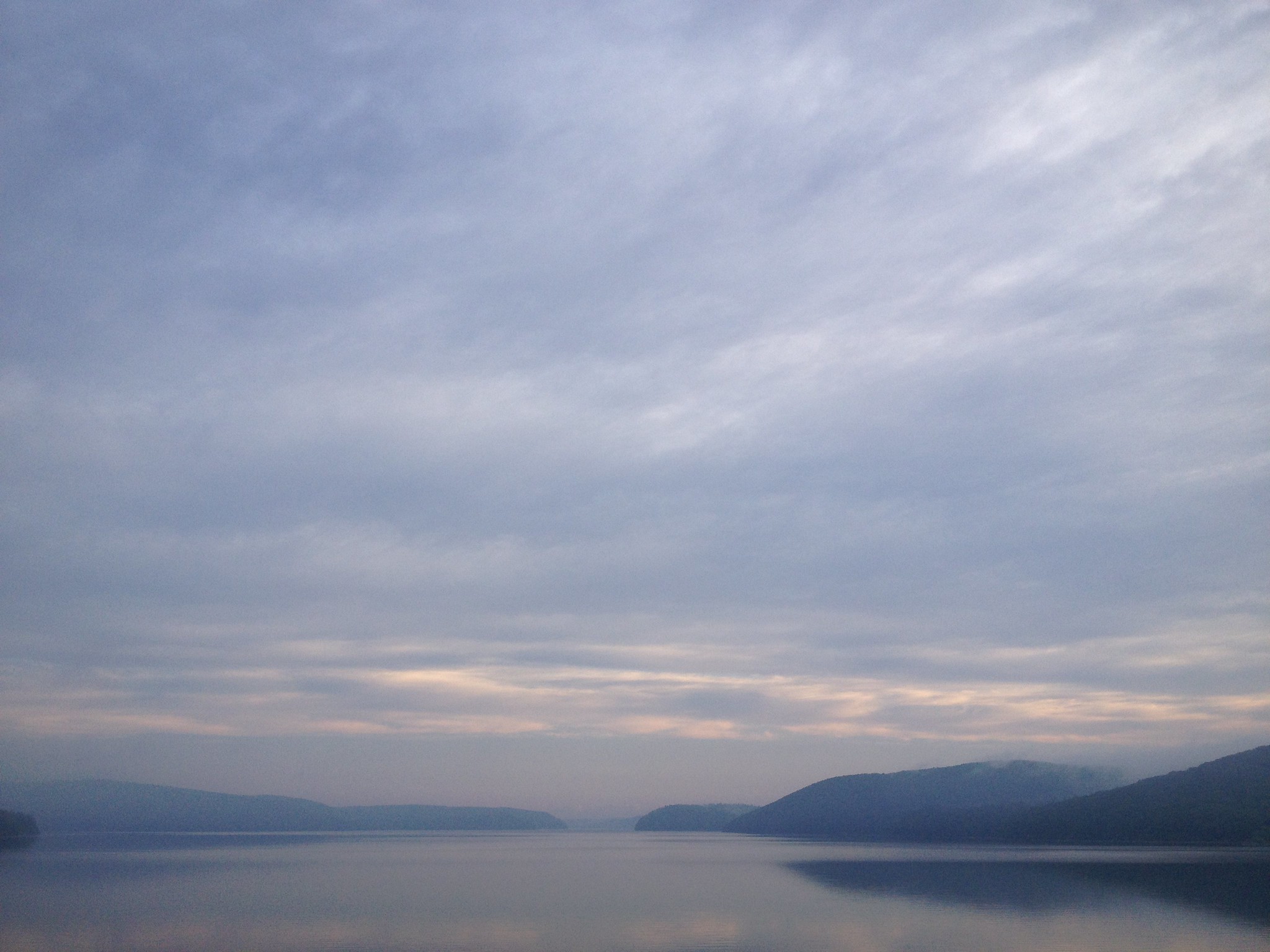 |
| Winsor Dam, Quabbin Park, MA, June 12, 2016 |
With the forecast of strong winds today I decided to not
conduct my breeding bird survey route but it turned out to be relatively calm
until mid morning so the route could have been run...oh well. Instead I stayed
close to home with stops at Winsor Dam and Lake Wallace. The dam produced the
continuing Lesser Scaup as well as a half dozen cormorants flying northeast.
Lake Wallace had several Great Blue Herons including at least two nests with
young being actively fed plus a couple Virginia Rails.













No comments:
Post a Comment